5 Signs You Need a Chipper, And Who Should Avoid Them
Here's when, why, and how to use a chipper, plus 5 chippers we recommend
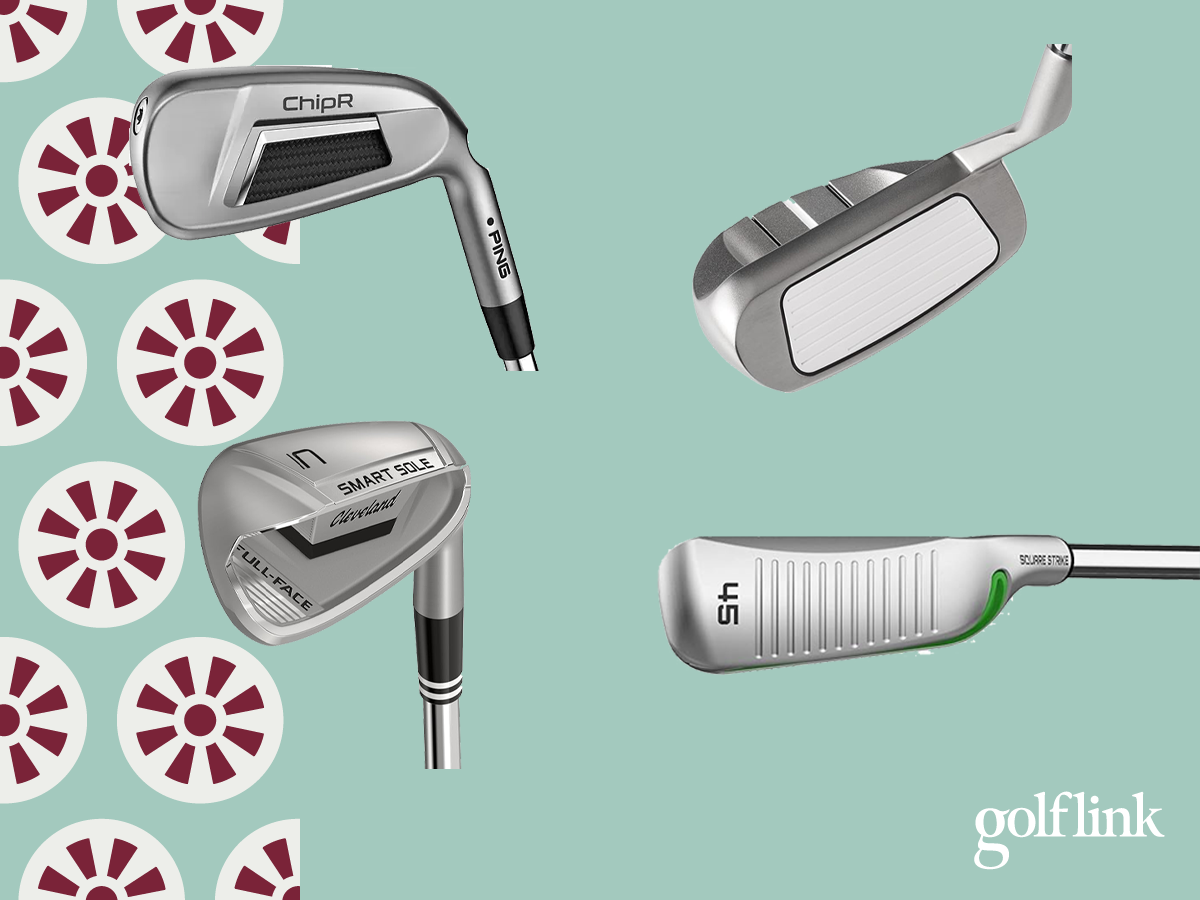
Golf is full of idiosyncrasies, and the golf chipper is a prime example. Everybody putts, and we accept that a putter is the best tool for the job. Everybody chips, yet for some reason, there’s a stigma behind using a chipper for that job.
Let’s put our preconceived notions behind chippers to the side and answer the six most important chipper questions:
- What is a golf chipper?
- Who needs a chipper?
- When do you use a chipper?
- Are golf chippers legal?
- What are the pros and cons of golf chippers? And,
- What are the best golf chippers?
Here are all the answers you’ve been looking for.
What is a Golf Chipper?
A chipper is a golf club specifically designed to simplify greenside chip shots. It’s somewhat of a blend of a 9-iron and a putter. The loft of a chipper is in the neighborhood of a typical 9-iron, yet the lie angle is much more upright, the shaft is slightly shorter, and the head is heavier than an iron.
Chippers are designed to simplify your short game. The purpose of a chipper is to make the chipping stroke much more like your putting stroke to add some consistency to your short game.
If you hit 100 shots from within 15 yards of the green with a chipper, and hit those same 100 shots with a wedge, you’d probably find that your worst shots with the chipper are noticeably better than the worst wedge shots. By utilizing more of a putting stroke with a chipper, you can step up to the ball with a fair amount of confidence that you’re not going to chunk or blade your chip.
The characteristics of a chipper make it easy to put a simple, repeatable, putting-type stroke on the ball from around the green, which many golfers find leads to predictable results.
Given the similar loft between a chipper and a short iron, it’s easy to see why people chip with an iron instead of employing a specific club for the job. If you’re good at chipping with an iron, then that’s great. However, the much flatter lie angle and lighter club head of an iron can make the chipping stroke unnecessarily complicated. The typical 9-iron has a lie angle of around 64-degrees, which invites you to set up much farther from the ball than you would with a chipper, which is usually equipped with a lie angle around 68-70 degrees., That, combined with the lighter head of an iron, makes it more difficult to make a controlled stroke.
Golf Chipper vs. 9-Iron
Here’s how a typical chipper compares to a typical 9-iron. Despite similar lofts, the differences in length, lie angle, and loft result in a pretty big difference between the two clubs.
|
Chipper |
9-Iron |
|
|
Loft |
35-42 degrees |
37-42 degrees |
|
Length |
34-35 inches |
36 inches |
|
Lie |
66-70 degrees |
63.5 degrees |
|
Weight |
350 grams |
280 grams |
Who Needs a Chipper?
Chippers are designed to make the short game much simpler, which is why they lean into many of the characteristics of a putter. If you want to exchange the hero shot with some consistency and confidence – or in other words, raise your floor around the greens – a chipper could be a club to consider.
However, if you consider yourself an artist around the greens, and you enjoy the process of creating each unique shot in your mind’s eye, then executing it with the tools at your disposal, then it’s highly unlikely that you’d enjoy carrying a chipper in your bag.
Here are five signs that a chipper could be a good choice for you:
- You have fewer than 14 clubs in your bag or could remove one and not miss it
- You are inconsistent around the greens and want to simplify your short game
- You’re more of a scientist than an artist around the green, and prefer consistency over creativity
- The course(s) you typically play usually allow for bump-and-run style shots into greens (few forced carries like bunkers and water guarding greens)
- You like trying new techniques and are curious if a chipper could simplify your game and help lower your scores.
When Do You Use a Chipper?
The thing about chippers is they aren’t very versatile. Unlike a traditional wedge where you can open the face, use the bounce, de-loft it, stop it quickly or let it roll out while playing shots from any lie, a chipper is reserved for very straightforward situations.
A chipper is ideal when you’re within 20-or-so yards of the green and there’s nothing but grass between you and the hole. That means no forced carry, no bunker, and no obstacle that requires you to get the ball in the air quickly, or stop it quickly for that matter.
The type of shot you get with a chipper will be a lower-launching shot that rolls about three to four times as much as it carries.
If you regularly play a golf course that allows plenty of bump-and-run shots around the greens, without too many greenside bunkers or other obstacles, a chipper could come in handy. On the other hand, if the courses you play most often are littered with greenside bunkers, berms, creeks, and other obstacles, you probably need a more traditional wedge that allows for more finesse.
Are Golf Chippers Legal?
Chippers are just like any other golf club when it comes to the USGA’s Rules on legal equipment: they’re legal unless they’re not.
What we mean by that is, generally speaking, a chipper is a legal club, but it cannot break certain USGA equipment standards.
For starters, a chipper is considered an iron by the USGA, not a putter, and therefore must meet the following criteria in order to conform to the USGA’s equipment standards:
- Shaft must attach to the clubhead at the heel
- Putter grip cannot be used
- Only one striking face allowed on the clubhead (two-way chippers do not conform to USGA Rules)
- Club length must be 38 inches or shorter if the loft is between 41-44 degrees, or 38.5 inches or shorter if the loft is between 37-40 degrees. If the loft is between 33-36 degrees, the club can be up to 39-inches long
The Pros and Cons of Golf Chippers
It's golf, so naturally all the benefits you might enjoy with a club come with tradeoffs, and when it comes to chippers, there are plenty of tradeoffs to weigh before you toss one in the bag. Here are the pros and cons of chippers.
Pros:
- Chippers can simplify short game shots
- Raise your floor around the greens by cutting down chunks and skulls
- The variety of chippers today ranges from premium clubs from brands like PING, Odyssey and Cleveland to inexpensive options
Cons:
- Lack versatility, you really only use them inside 30 yards when there’s a clear path to the hole
- A simpler short game comes at the expense of creativity around the greens
- Two-way chippers are not USGA legal
What Are The Best Golf Chippers?
If you're ready to see if having a chipper in the bag can help your game, these are the five chippers we recommend. Whether you want a discreet chipper from a prestigious brand, or an affordable club to test the waters, there's one here for you.
PING ChipR
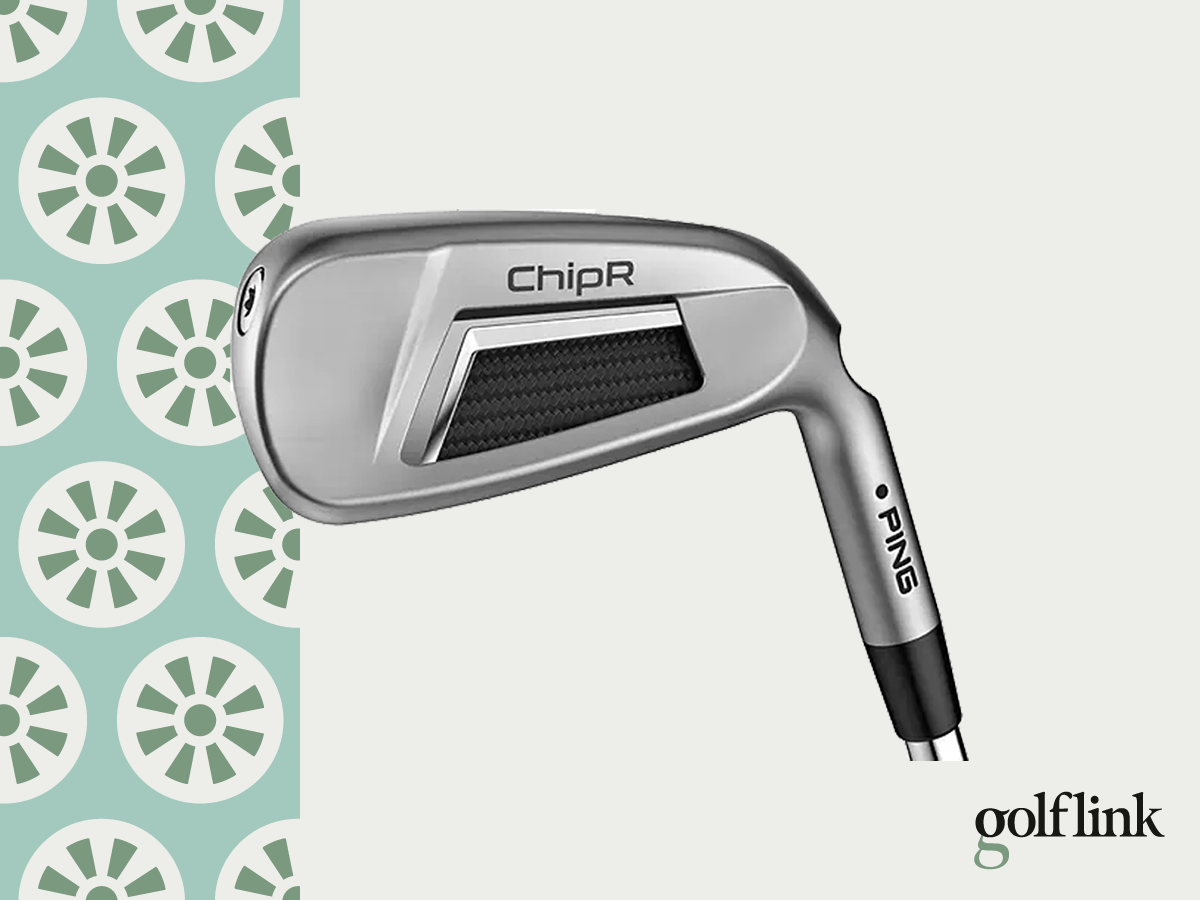
SHOP DICK'S
Loft: 38.5 degrees
If you want a premium chipper that is as subtle as it is reliable, the PING ChipR is the wand for you. This chipper, or ChipR, looks and feels like a PING iron, but is built to the specs of a chipper so you can easily get the ball on the green and rolling to the hole.
Cleveland Smart Sole Chipper
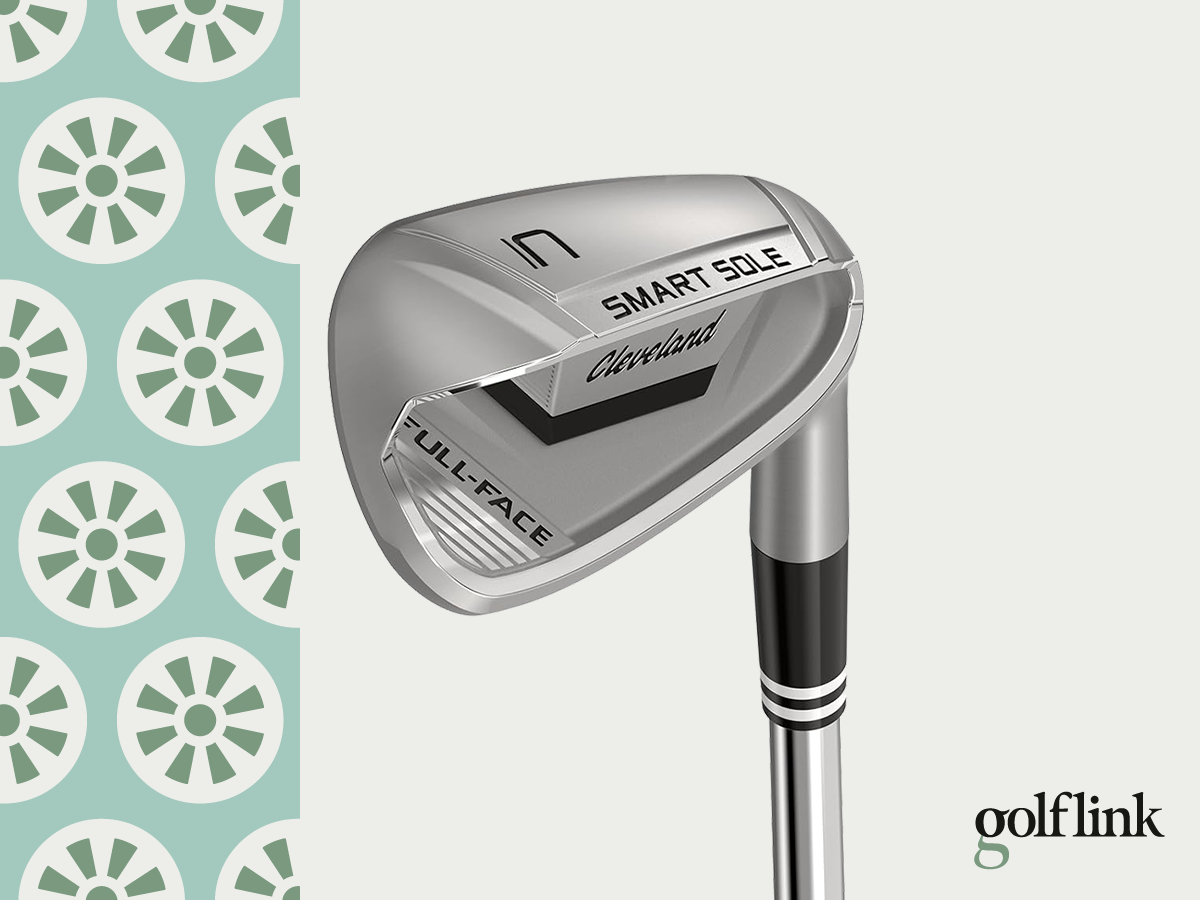
Find on Amazon
Loft: 42 degrees
Cleveland Golf has a strong reputation for two things: great short-game clubs and great game-improvement clubs. Since a chipper is the combination of these two things, it should come as no surprise that Cleveland puts out one of the best chippers on the market today.
Cleveland’s line of Smart Sole wedges is available in a “C” option, for chipper, which checks in with 42 degrees of loft.
Square Strike Wedge
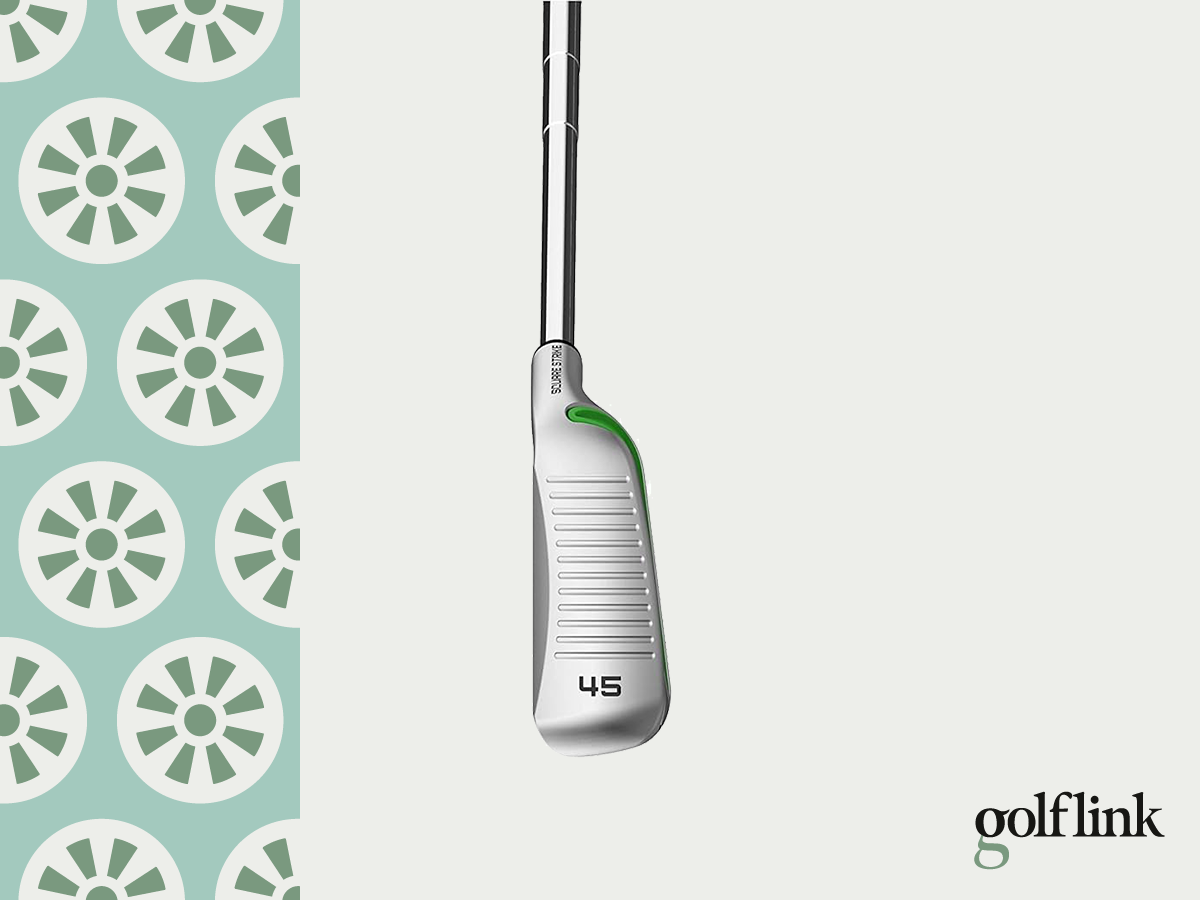
Find on Amazon
Loft: 45 degrees
The Square Strike Wedge is one of the most popular chippers out there today, unmistakable with its green cavity in the back of the club. With 45 degrees of loft and a head that’s designed for you to use your putting motion to knock your bump and runs close.
Now, you can get the Square Strike with a black cavity in addition to its traditional green, and it’s available in the traditional 45 degree loft, plus 55, and 60-degree options.
Odyssey X-Act Chipper
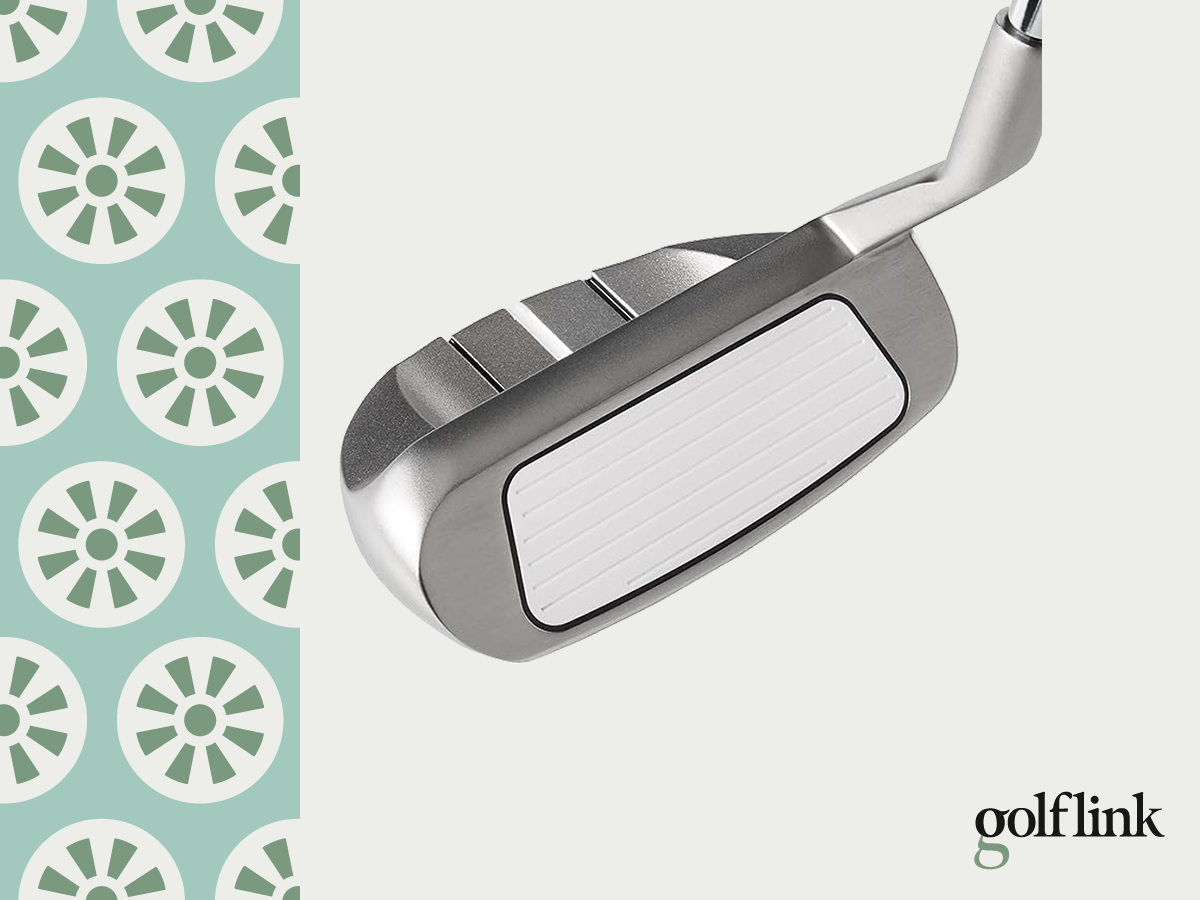
Find on Amazon
Loft: 37 degrees
Since chippers are designed to be hit like a putter, it makes sense that Callaway’s chipper comes under the umbrella of its putters, Odyssey. If you putt with an Odyssey putter, you can simply rely on Odyssey for all of your shots inside 20 yards by adding an Odyssey chipper to the bag.
Ram FX Chipper
SHOP RAM GOLF
Loft: 37 degrees
Between the 37-degrees of loft and a rounded mid-mallet style shape, this Ram FX chipper is very similar to the Odyssey X-Act chipper we mentioned above. The biggest difference? Only about $100.
That’s right, instead of the $130 you pay for the Odyssey X-Act chipper, you can snag this Ram FX Chipper or $43. For that price, you really can’t go wrong with sticking this in the bag just to see if it can help lower your scores.